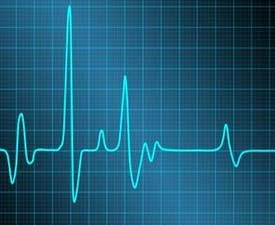Chest CT scans taken for routine diagnostic purposes even those not related to cardiovascular disease concerns can be used by radiologists to screen for signs of heart disease risk, new research suggests. "Radiologists can predict cardiovascular disease fairly well using incidental findings of calcifications of the aortic wall on CT, along with minimal patient information, such as age, gender and the reason for the CT," study lead author Dr. Martijn Gondrie, of the Julius Center for Health Sciences and Primary Care at the University Medical Center Utrecht in the Netherlands, said in a news release from the Radiological Society of North America.
"Ultimately, this easily executed extra risk stratification has the potential to reduce future heart attacks or other cardiovascular events," Gondrie added. The study findings were released online Sept. 28 in advance of publication in the November print issue of Radiology. Gondrie and colleagues pointed out that chest CT scans have increased in quality and frequency of use over the past decade, resulting in a greater pool of incidental findings that clinicians can theoretically use to assess risk for all sorts of additional health complications. Such incidental findings can be a bonus because they do not expose the patient to additional radiation or additional scanning costs, the study authors explained.
To assess the potential usefulness of such findings, Gondrie's team analyzed incidental data regarding a number of different aortic abnormalities that had been gleaned from nearly 1,200 chest CT scans conducted for reasons having nothing to do with heart health. The researchers found that when all the various types of abnormalities cited were taken as a whole, the incidental heart-related findings were in fact helpful in predicting future heart disease risk. The authors concluded that their work "generates the much-needed insights that allow more effective utilization of the increasing amount of diagnostic information, and it could potentially change the way radiologists contribute to the efficiency of daily patient care."























